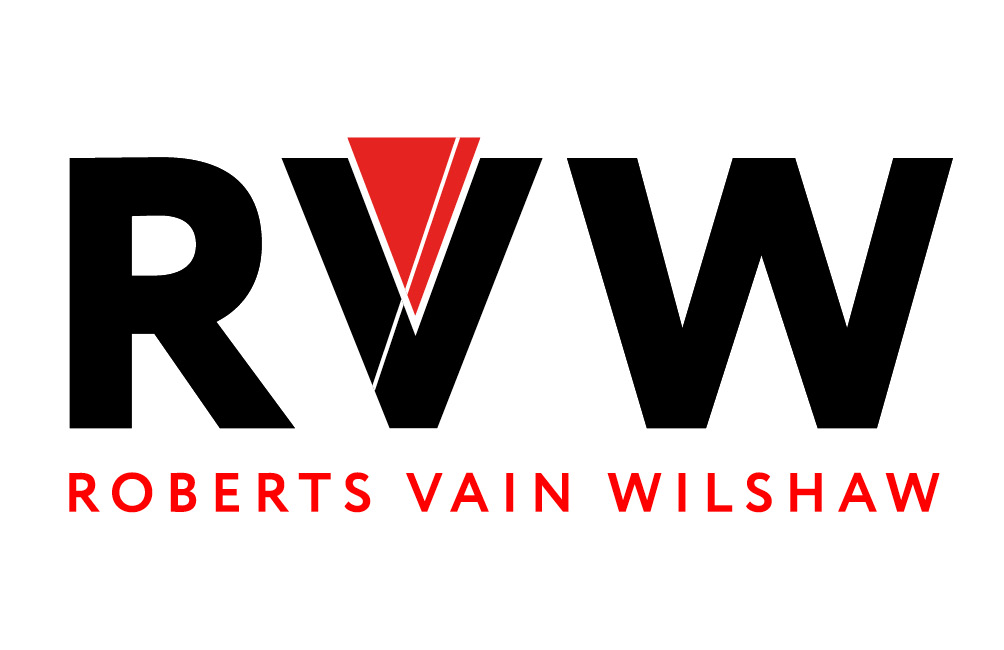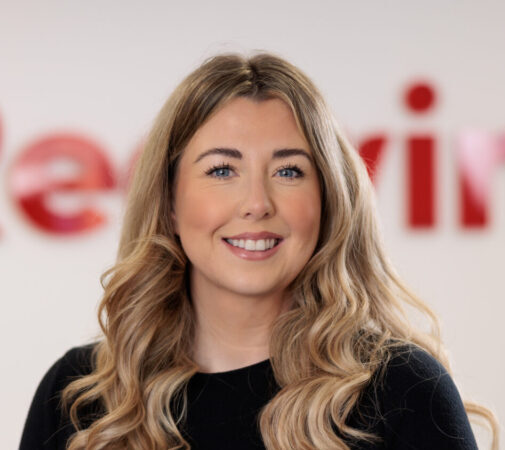Can you explain your job to an eight-year-old
Don’t you hate it when someone gives you a mouthful of word salad when simple English will do?
If you’ve spent any time at all on LinkedIn, you’ve probably seen a bunch of this and it’s always from people who should know better.
They’re not Recruitment Executives, they’re Chief People Procurers.
They’re not Web Developers, they’re Digital Prophets.
They’re not Window Cleaners, they’re Aperture Polishers.
Sound familiar?
Some of you might even have fallen prey to this yourself. Have you been guilty of reeling out a few five-dollar words to make you sound eloquent, esoteric or otherworldly?
Well, if you have, there’s still hope for your redemption and hopefully this article can help set you right.
In every aspect of your business, whether it’s your LinkedIn profile, your website or a tender document, you need to be able to explain what you do in simple terms and demonstrate the benefits you provide to your target market. It can sometimes be difficult to get this message just as you want it but a good place to start is prioritising clarity and getting your message across in such a way that an 8-year-old could understand it.
Why simple is better
I can see why some of you think the more flowery the better but believe me – It’s a trap. You might have read some serious literature and built yourself a rich tapestry of words to pull from, but those lexical humdingers are best saved for the dodgy poetry you write on the weekend.
Needless complication in your marketing will only dilute your message and push away potential clients. The average reading age of an adult in the UK is 8 years old, hence our blog title and guiding principle on clarity.
Write for clarity, understanding and connection with your target audience. In nearly all conceivable situations, simpler genuinely is better.

Establish what problem you fix
If you don’t know the answer to this question, you’ve got bigger problems than your marketing. If you do, then great, you’re now in a position to craft a beautifully simple message for your target audience.
Before we look at the kind of message we want to aim for, let’s look at the kind of message that does everything wrong:
“We work at the intersection of the built environment and human psychology, delivering solutions that are economically focused and iconic”.
Bloody hell what a load of waffle! The person who wrote this is obviously choking on a thesaurus and spitting out wads of fancy words as they try to cough it up. Well say we perform the Heimlich and expel all that needless chaff.
“We design homes that look great, prioritise people and fit your budget”.
Which of the two is the clearest? Not even a competition, is it?
Benefits – show your audience how you can change their life
It might sound overly grand, but benefits really are just about showing your target market how you can change their life or their business for the better. It’s this element that is going to connect most deeply with your audience.
At a base level, they don’t care about you. They only care about what you can do for them.
Let’s expand on our previous statement and add some benefits to really get your audience on the hook.
“We help capture the vision you have for your dream home, providing the design for a once-in-a-lifetime building that will provide comfort and happiness for many years to come.”
You’ll notice we don’t use any fancy or flowery words here. We’re simply putting the target audience front of centre and showing them the core positive change we can bring to their life through our services.
It’s sometimes easy to confuse features and benefits. Features are simply the qualities the product or service has. A battery that lasts twice as long has a feature of extra long life. The benefit of that would be that you spend half as much money on batteries.
You’ll notice that the above statement is a combination of the two. The feature is the company’s ability to design a dream home, the benefit is that the home will provide comfort and happiness for many years to come.
Without benefits, features lack emotion and connection with your target audience. The benefits help expand on the features and really bring out how the features are a positive force in the life of your target audience.
The bottom line
No matter how hard you feel the pull towards fancy words and needless complexity, remember you’re doing yourself and your business a disservice.
Aim for clarity and lay benefits bare. Use simple language in the same way as you would if you were talking to an 8-year-old. That is the surest way to connect with your audience.
–
We get it. You didn’t go into business to be a marketer. You want to do what you do best and leave the marketing to the professionals. Well, we did go into business to be marketers. If you’re looking for help crystallising your message, Call Luma Marketing today to set up a consultation.
Selected industry experts bring you insight and expert advice, across a range of sectors.
Subscribe for free to receive our fortnightly round-up of property tips and expertise
Selected industry experts bring you insight and expert advice, across a range of sectors.
Subscribe for free to receive our fortnightly round-up of property tips and expertise




